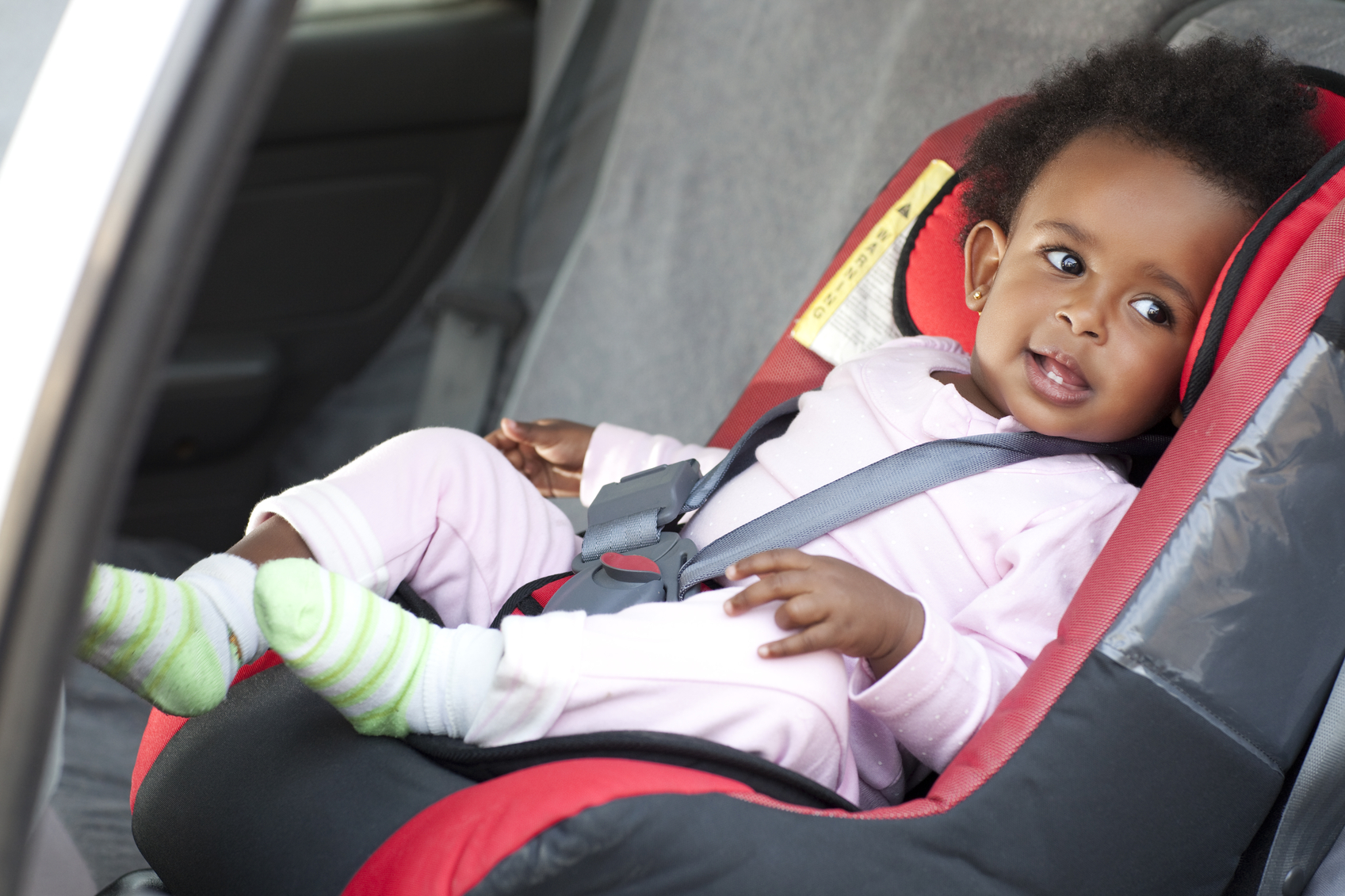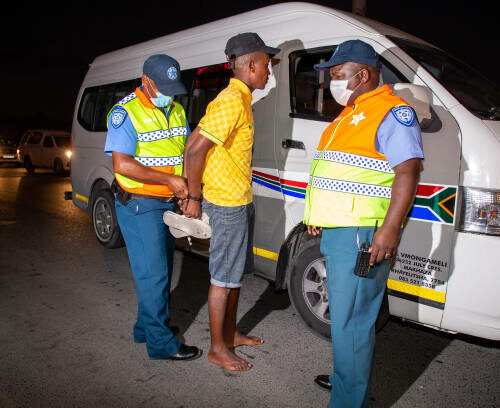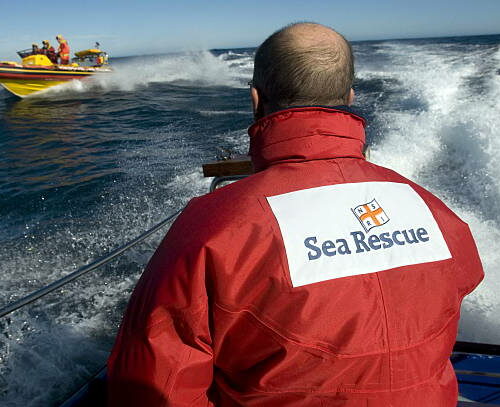
Did you know that 85% of children in cars in South Africa are not strapped in properly in a car seat? This means that the chances are high that either you aren’t strapping your infant in correctly, or else you know someone who isn’t.
According to Childsafe, child restraints reduce the risk of death in passenger cars by 71% for infants, and 54% for toddlers.
“Arrive Alive states that one of the most effective measures to protect passengers from injury in the event of an accident is the correct use of child restraints,” says 1st for Women Insurance’s spokesperson, Casey Rousseau.
“Like adult seatbelts, child restraints in cars help to keep an infant firmly secured in their seat so that in the case of sudden braking or crash, they are not ejected from the vehicle or thrown against the car,” says Casey.
Many parents think that it is safe to hold their baby in their arms or keep their child on their lap in the car, but this is not true. Research has shown that passengers have less than half a second to react in a collision or sudden stop, and it’s unlikely an adult can hold onto a child during this time.
Here are tips for the correct and safe use of car seats:
- Ensure the car seat you use has the requisite type approval.
- The straps should be snug with no slack to pinch.
- Straps should be below shoulders in the rear-facing position, and above shoulders in the forward-facing position.
- Slide the plastic retainer clip that holds the two straps together up to armpit level before securing it.
- Remove bulky clothing before buckling, and swaddle or put on a blanket afterwards.
- Check that the straps aren’t twisted as this could reduce the effectiveness of the harness in a crash.
- If you are buying a second-hand car seat, only do so if you know its history or if it’s from a good source. Don’t buy or use a seat that’s been involved in a crash, or has worn straps, buckles or attachment points.
- Try keep your child rear facing for as long as possible. It is recommended that children go on using rearward-facing seats until they are three years old, but preferably longer. In a rearward-facing child seat, if there’s frontal impact, these forces are distributed across the whole of the child’s back and head, whereas if they are facing front, their necks and heads are more vulnerable.
- Ensure that the car seat doesn’t tip forward or slide from side to side more than an inch.
- Toys can hurt your child in a crash, so choose ones that are soft and won’t injure them.
- Set a good example as a parent and always buckle up too.




